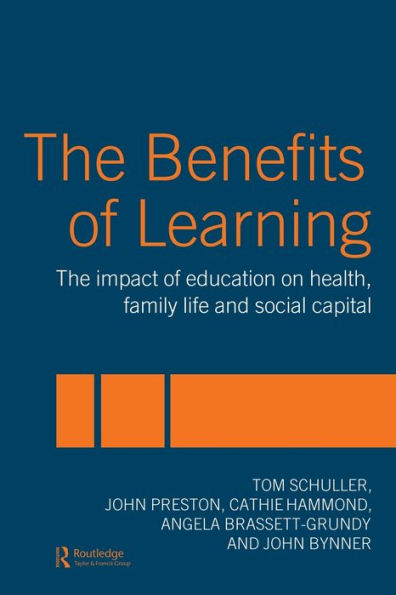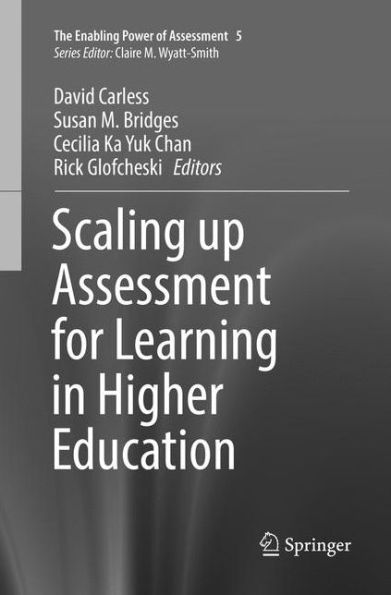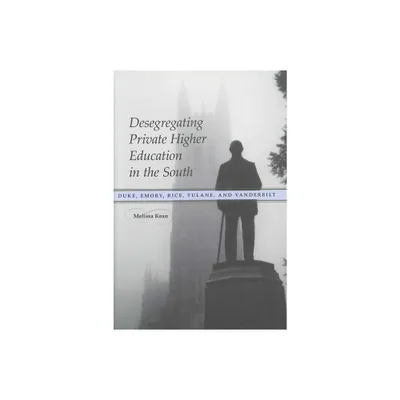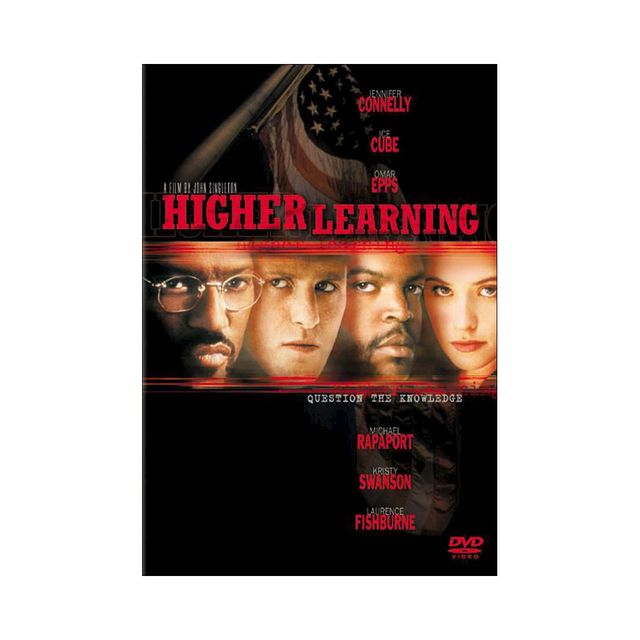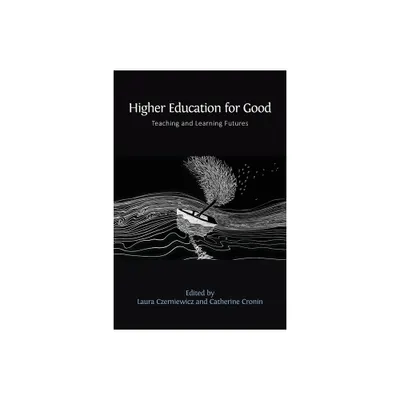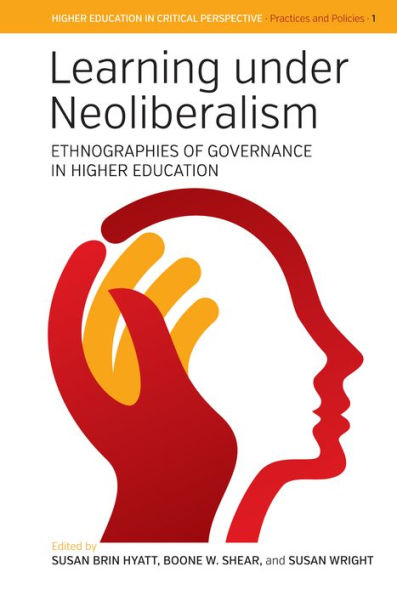Home
Higher Learning, Greater Good: The Private and Social Benefits of Higher Education
Loading Inventory...
Barnes and Noble
Higher Learning, Greater Good: The Private and Social Benefits of Higher Education
Current price: $52.00
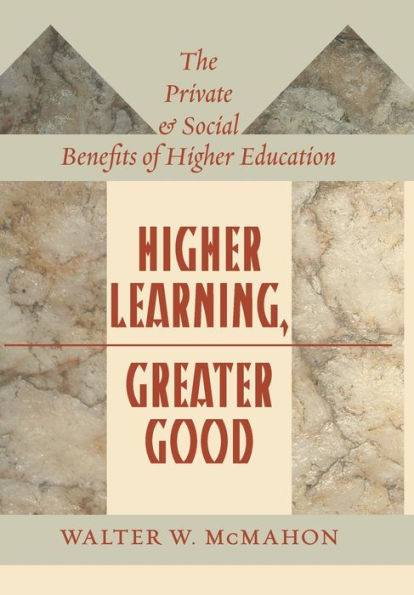

Barnes and Noble
Higher Learning, Greater Good: The Private and Social Benefits of Higher Education
Current price: $52.00
Loading Inventory...
Size: OS
*Product Information may vary - to confirm product availability, pricing, and additional information please contact Barnes and Noble
The chronic underinvestment in higher education has serious ramifications for both individuals and society.
Winner, Best Book in Education, 2009 PROSE Awards, Professional and Scholarly Publishing Division, Association of American Publishers
Winner, Best Book in Education, PROSE Awards, Professional and Scholarly Publishing Division, Association of American Publishers
A college education has long been acknowledged as essential for both personal success and economic growth. But the measurable value of its nonmonetary benefits has until now been poorly understood.
In Higher Learning, Greater Good
, leading education economist Walter W. McMahon carefully describes these benefits and suggests that higher education accrues significant social and private benefits.
McMahon's research uncovers a major skill deficit and college premium in the United States and other OECD countries due to technical change and globalization, which, according to a new preface to the 2017 edition, continues unabated. A college degree brings better job opportunities, higher earnings, and even improved health and longevity. Higher education also promotes democracy and sustainable growth and contributes to reduced crime and lower state welfare and prison costs. These social benefits are substantial in relation to the costs of a college education.
Offering a human capital perspective on these and other higher education policy issues, McMahon suggests that poor understanding of the value of nonmarket benefits leads to private underinvestment. He offers policy options that can enable state and federal governments to increase investment in higher education.




